Understanding and responding to modern slavery
Exploitation as a continuum
Exploitation as a continuum - imagine a line with different extremes at each end. Exploitative practices vary in severity, depending on where they fall on the continuum and can move from poor work conditions to modern slavery practices which represent the most severe types of exploitation. 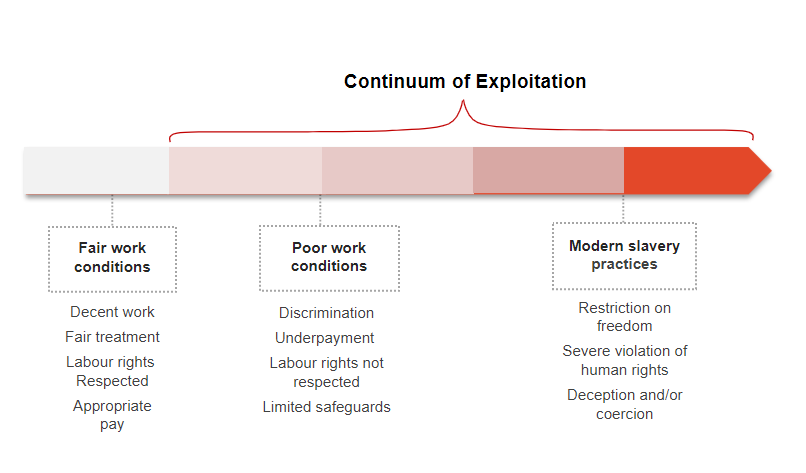
Watch this video to learn about exploitation as a continuum.
What is modern slavery?
Modern slavery is an umbrella term for a range of practices involving coercion, threats or deception to exploit people and deprive them of their freedom. These are serious crimes globally and in Australia. They include different offences outlined in Division 270 and 271 of the Australian Criminal Code Act 1995 (Cth). Practices include but are not limited to:
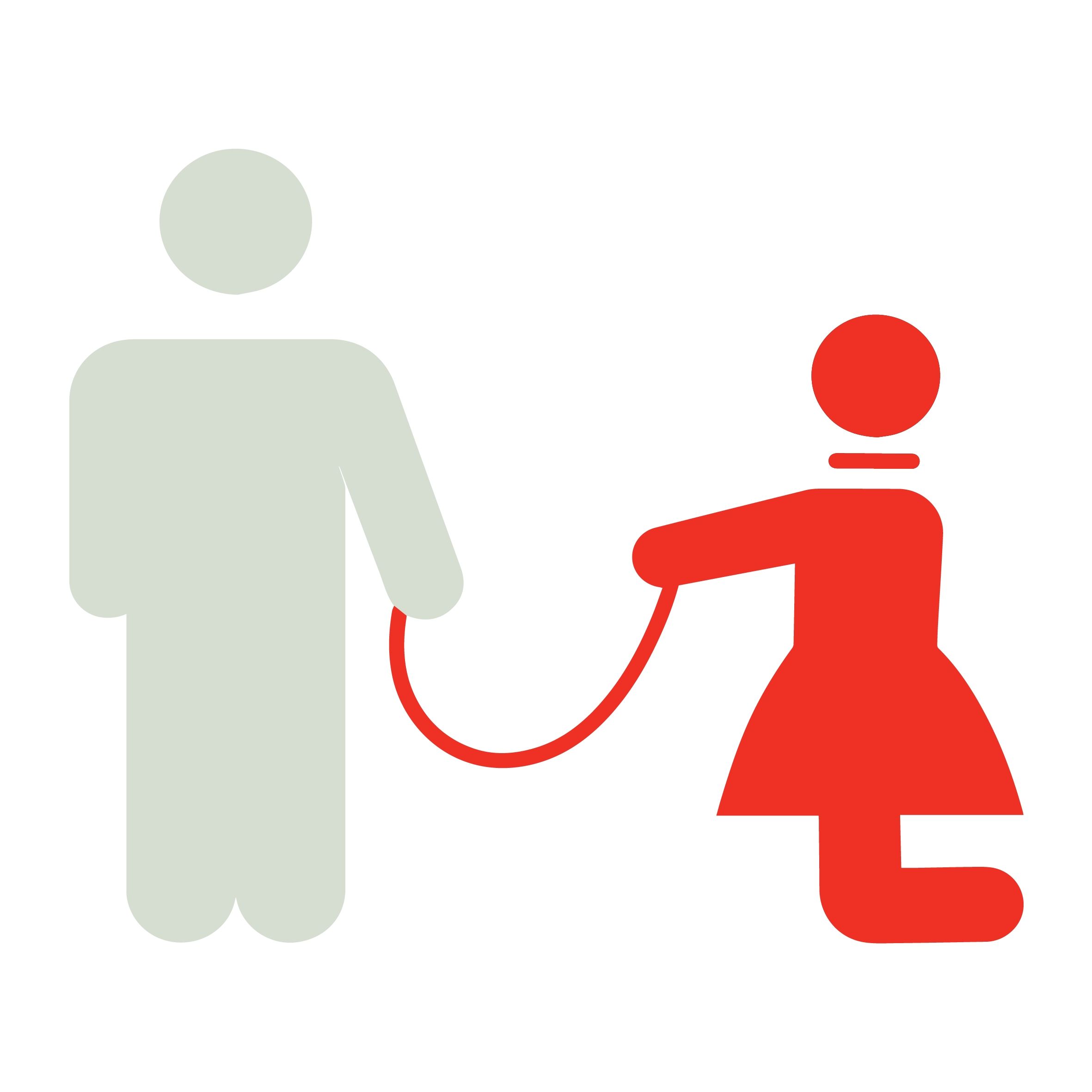
The physical movement of people across or within borders through coercion, threat or deception with the purpose of exploiting them when they reach their destination. When the person trafficked is a child, coercion, threats or deception are not required for a trafficking in persons offence to be established in Australian law. That means any child physically moved for exploitation has been trafficked.
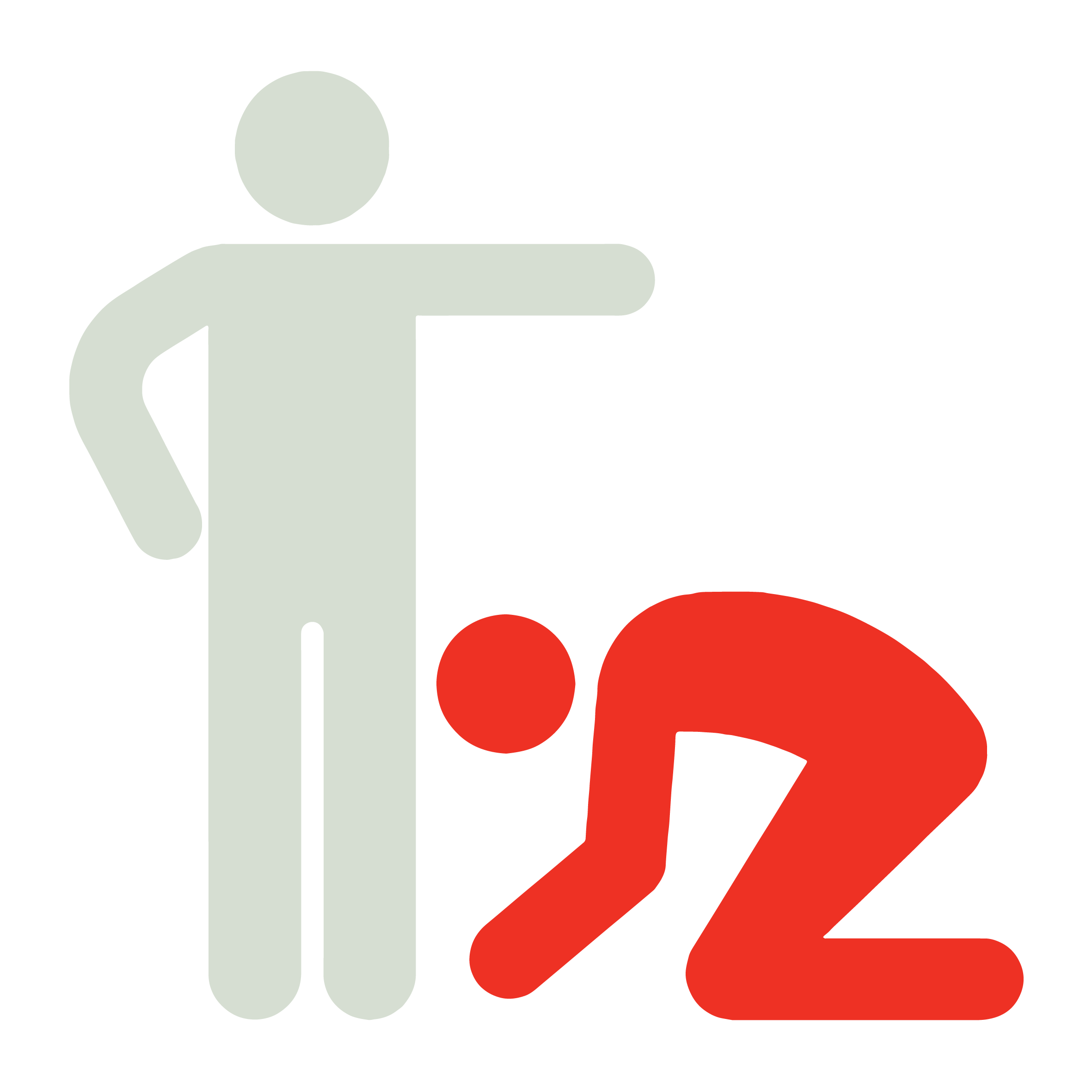
Refers to situations where people are owned by others. This includes when the ownership is claimed because of a debt or contract made by the victim. Slavery may include circumstances where someone:
- Buys or sells another person
- Uses a person or their labour in a substantially unrestricted manner
- Controls a person’s movements
- Makes a person work with little or no pay
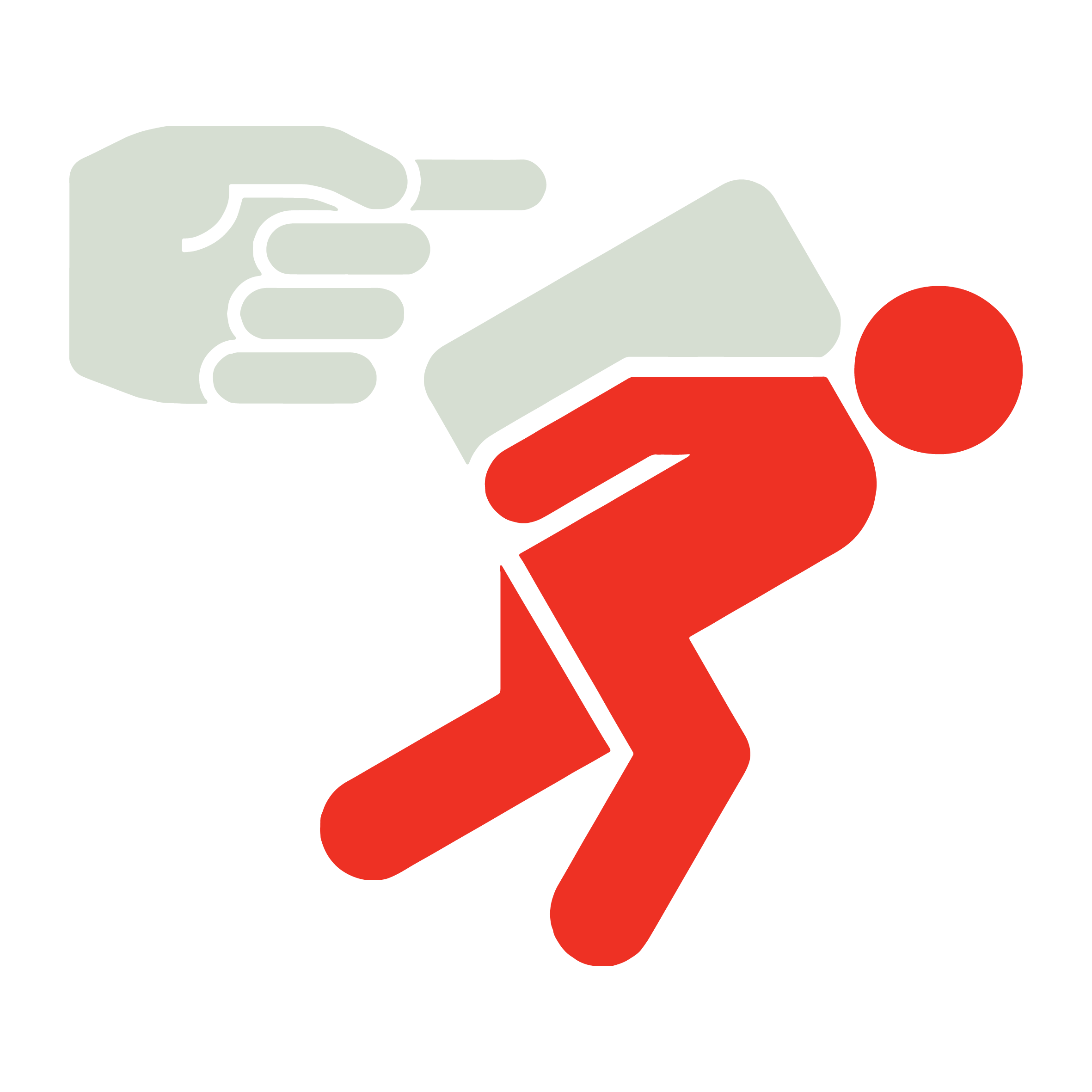
Where a person is not free to stop working or leave their place of work.
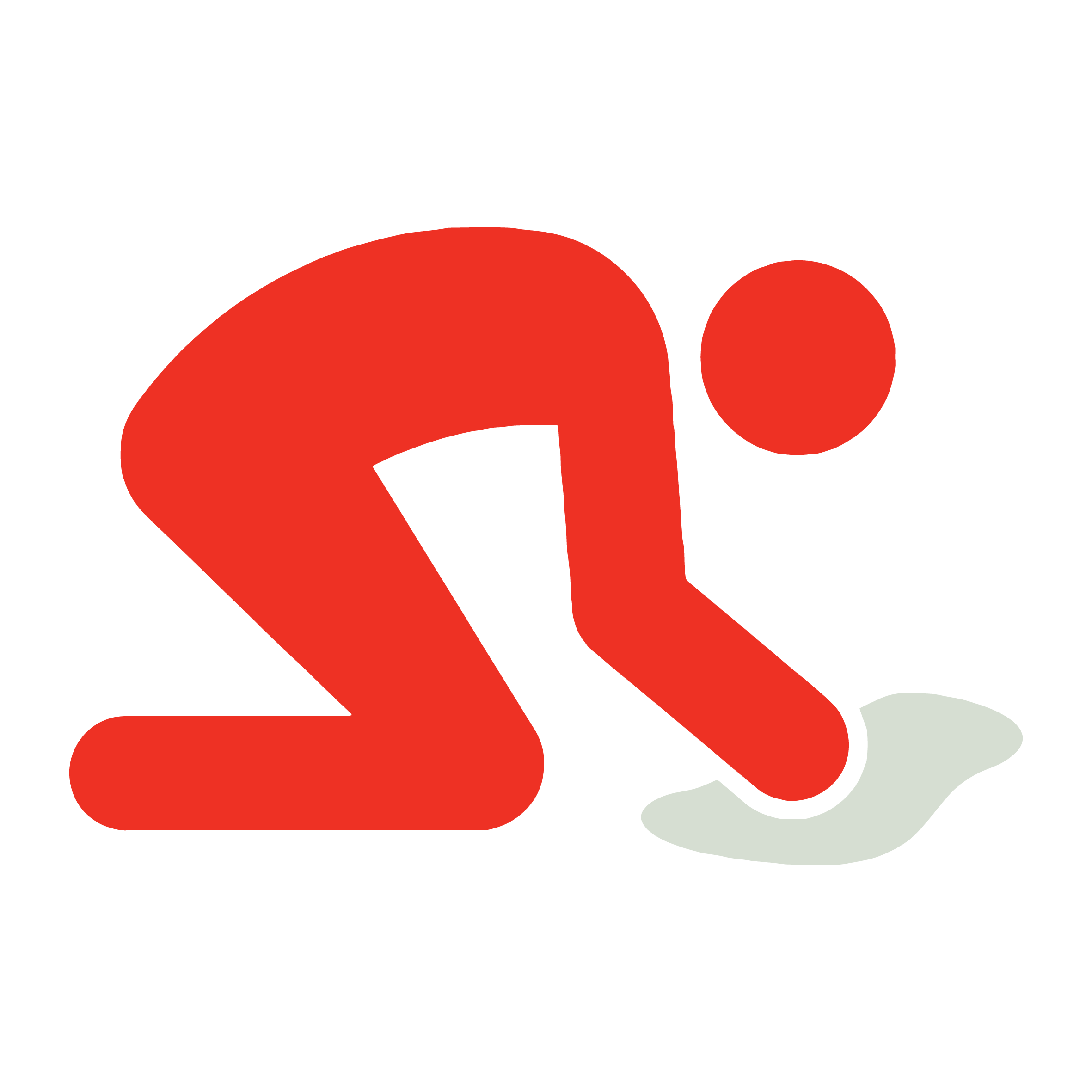
Where someone is either not free to stop working or leave their place of work and their freedom is significantly impacted. Domestic servitude occurs in the context of domestic work, when the circumstances and conditions amount to slavery-like practices.
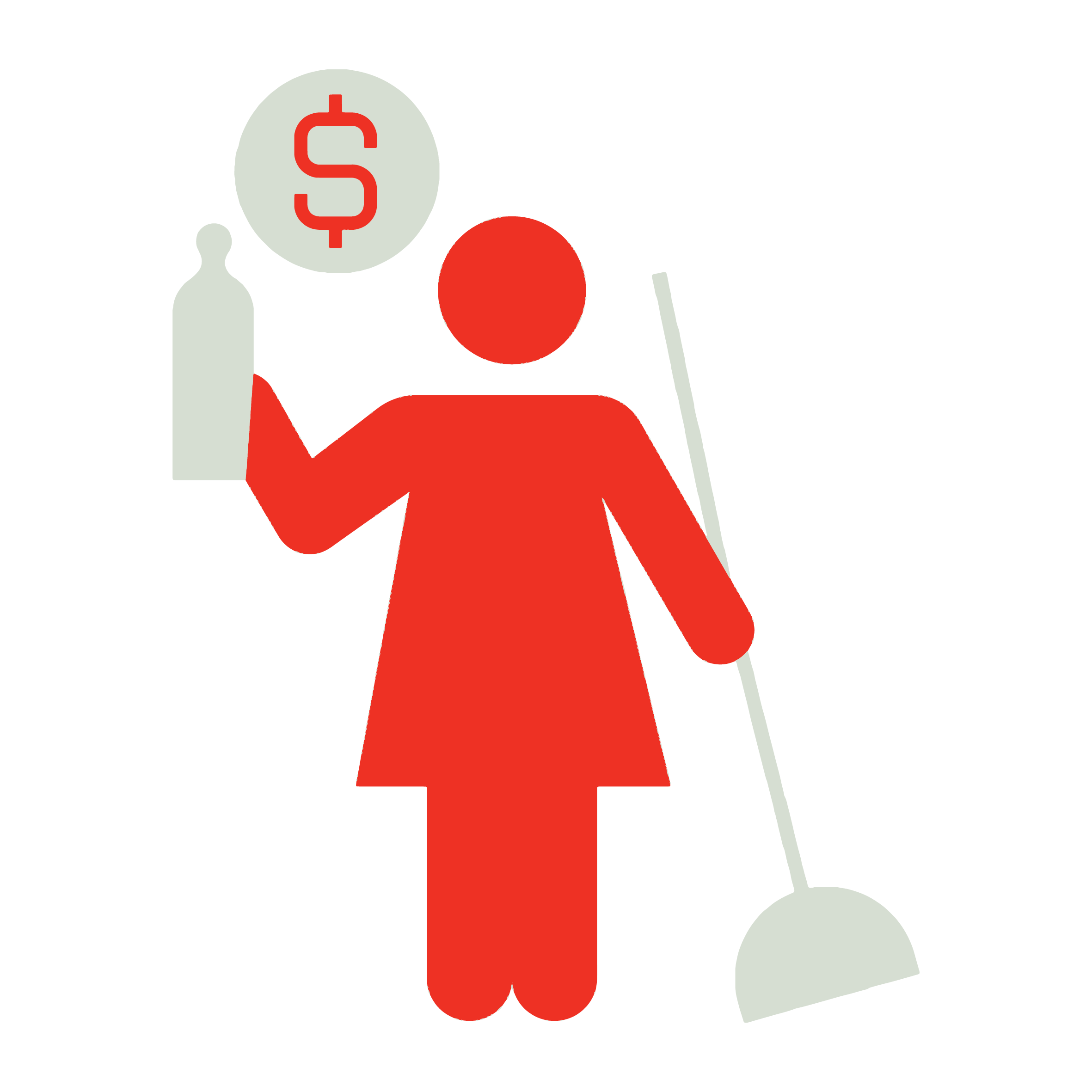
Where a person works to repay a real or perceived excessive debt that they may never be able to pay off. Often, they have little control over how long they must work or the type of work they need to do to pay the debt.
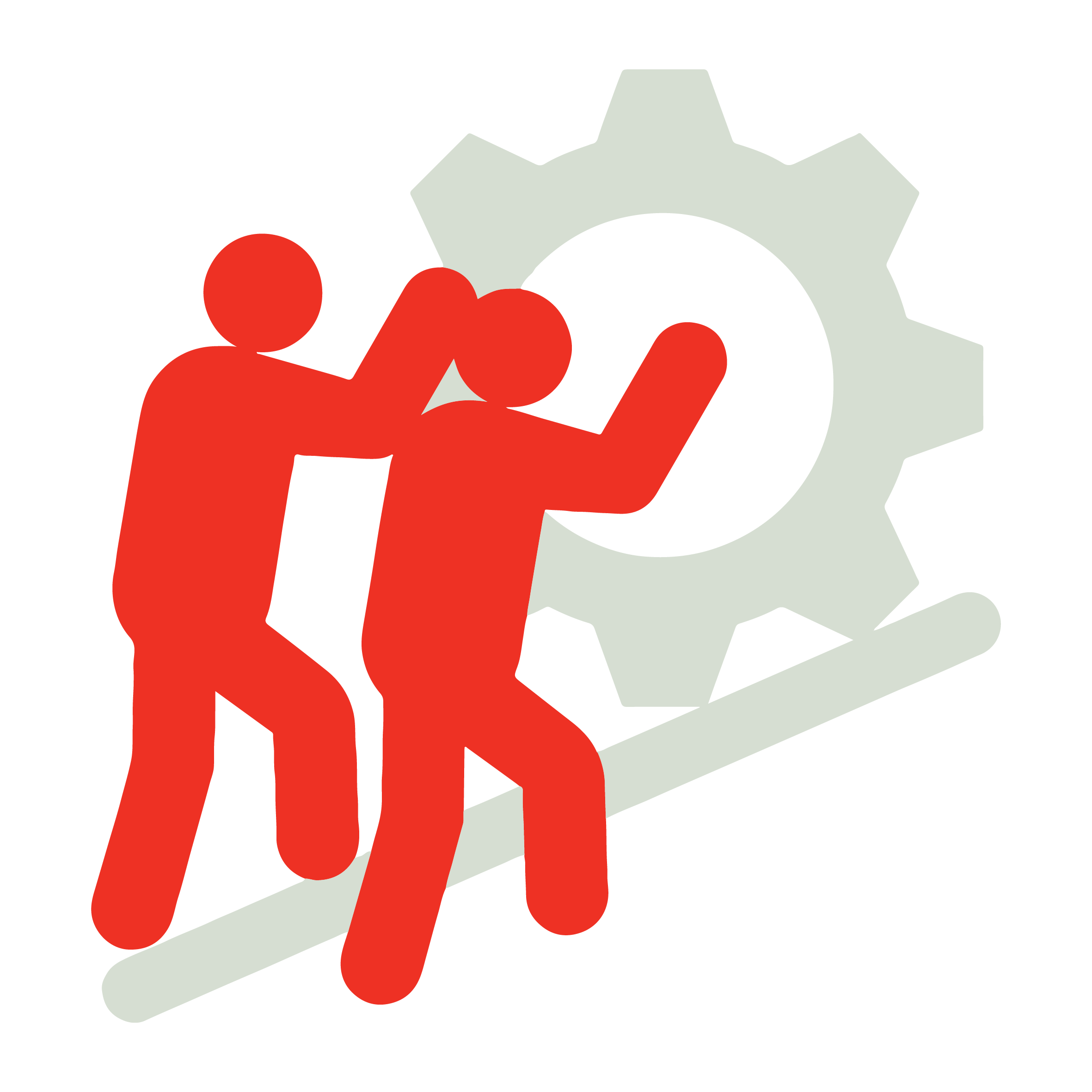
Where someone is deceived about the type of work they will do, the length of their stay, living or working conditions or how much they will earn.
Signs of modern slavery
There are a variety of signs that could suggest someone is in a situation of modern slavery. Let’s look at some of the signs of forced labour and domestic servitude. These signs can also suggest other modern slavery practices, too.
Forced labour
Signs can include, but are not limited to:
- being forced to work;
- working long hours with little time off;
- not having control over their earnings;
- paying off a large debt to a recruiter or employer for travel, accommodation, clothing, food transport or work documents;
- not being able to leave their place of work or negotiate conditions;
- being intimated or threatened at work, such as being told they will be deported or their family will be harmed;
- not able to access their passport or other identification documents;
- not being able to see a doctor or get medical treatment.
Mina’s story
Mina was sponsored to work in Australia on a temporary work visa. She worked on a strawberry farm making $10 an hour. Her boss told her that she could not keep any of her earnings. He said she needed to repay him $20,000 for the costs of sponsoring her and getting her visa.
Mina was made to work 12 hours a day, 6 days a week. Her boss always went with her when she left the farm to go to the shops or needed to see a doctor.
Mina’s passport and visa documents were taken by her boss. He threatened to have her deported if she told anyone about her work conditions.
Flynn's story
A restaurant owner arranged for Flynn to travel to Australia to work as a chef in one of his restaurants. When Flynn arrived, the owner took his passport and made him work around 12 hours a day, 7 days a week, with minimal and irregular rest breaks.
The man forced Flynn to live in the restaurant and bathe in the kitchen using buckets of water. Flynn had limited freedom and was physically and mentally abused. His boss threatened to harm his family back home if he told anyone about his situation.
Watch this video to learn more about forced labour in Australia.
Domestic servitude
Signs can include, but are not limited to:
- never or rarely being able to leave the house for personal reasons;
- only being allowed to leave the house under employer supervision;
- not being allowed contact with family or friends;
- having their phone taken away;
- being made to sleep in a shared or inappropriate space and not having access to any private space;
- being subjected to insults, degrading treatment, abuse or violence;
- experiencing sleep and food deprivation.
Aylin’s story
Aylin was a permanent resident and often helped her brother and his wife with household chores and looking after their children.
After her partner passed away, she moved in with her brother and his family to help them around the house. She was made to work 10 hours a day, 7 days a week.
They made her sleep on the floor and gave her limited food. They also told her she had to stay home, even when they were not there.
When she tried to leave, her brother and his wife yelled at her and told her if she left, their children would be neglected.
Watch this video to learn more about domestic servitude in Australia.
Key questions to ask yourself include:
- Is the person free to leave or stop working?
- Has the person been coerced or deceived in any way?
- Is their freedom affected by their work conditions?
- Are there any restrictions on their movement or communication?
If yes, they could be experiencing modern slavery.
Responding safely to people at risk
If someone discloses a situation of exploitation to you, or you identify signs of exploitation when supporting someone, consider the situation and assess any risks.
- React in a sensitive, calm way, acknowledge their situation, and listen to them.
- Let them know you believe them, both verbally and non-verbally.
- Take accurate notes.
- Explore their needs: Are they feeling safe? Are there any risks? What would they like to happen next?
- Explain that you will respect their wishes about what they want to happen next.
- It is important not to make promises about what support is available, as this often differs on a case-by-case basis.
Referring people to support
If you think someone has or is experiencing modern slavery, there are different ways they can get support. It is important that the person at risk provides informed consent before you refer them to any organisation for help.
For free and confidential information about support options, contact:
Australian Red Cross
We provide support to migrants in Australia, including people who have experienced human trafficking, forced labour or forced marriage. We run the Support for Trafficked People Program across Australia which helps people recover and rebuild their lives.
The program helps people find somewhere safe to live and provides support to access medical care, counselling, and legal and migration advice. We also provide financial support, and help with education, training, finding a job and building social connections.
The program is funded by the Department of Social Services and eligibility is determined by the Australian Federal Police.
For information on our other programs, visit migration services and support on our website.
Phone 1800 113 015
Email National_stpp@redcross.org.au
Website redcross.org.au/stpp
For free and confidential legal and migration assistance, contact:
Anti-Slavery Australia
They are a specialist legal practice for people who have experienced or are at risk of experiencing modern slavery in Australia.
Anti-Slavery Australia provides free and confidential legal advice, assistance and representation on immigration, citizenship, employment law, family law, criminal law and victims’ compensation.
They can also help to connect people with other support services, such as housing, counselling and financial assistance.
Phone 02 9514 8115
Email antislavery@uts.edu.au or use the online contact form
Website www.antislavery.org.au
To report or discuss a concern, contact:
Australian Federal Police
The federal police investigate cases of modern slavery and can refer suspected cases to the Support for Trafficked People Program we run. They also work to raise awareness of modern slavery practices.
Phone 131 237 (131 AFP)
Website www.afp.gov.au or make a report online
Tools and resources
E-learning module
Want to learn more about identifying and responding to labour exploitation in migrant communities? Take our free, self-paced course online.
National Services Directory
Find other organisations and agencies that can provide information and support to people experiencing modern slavery and workplace issues.